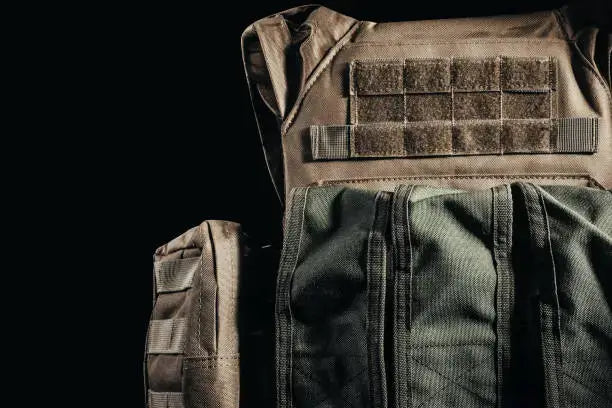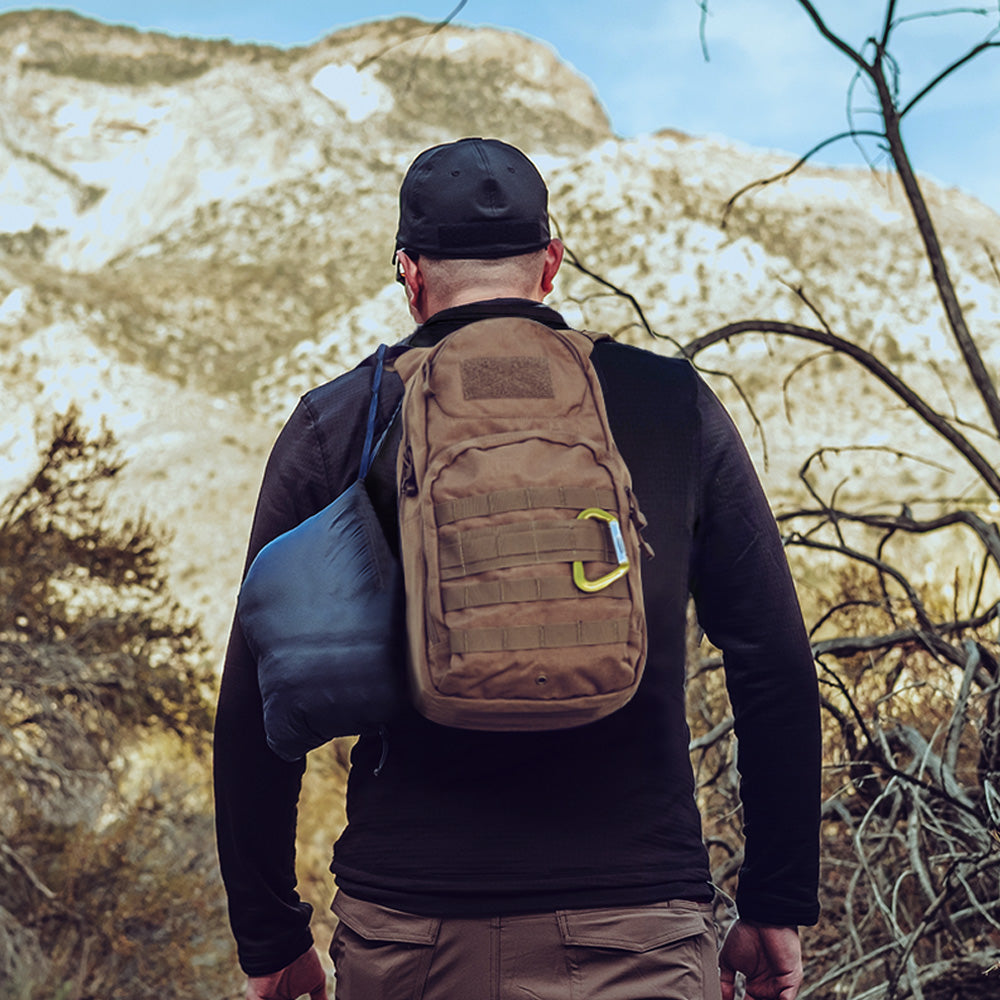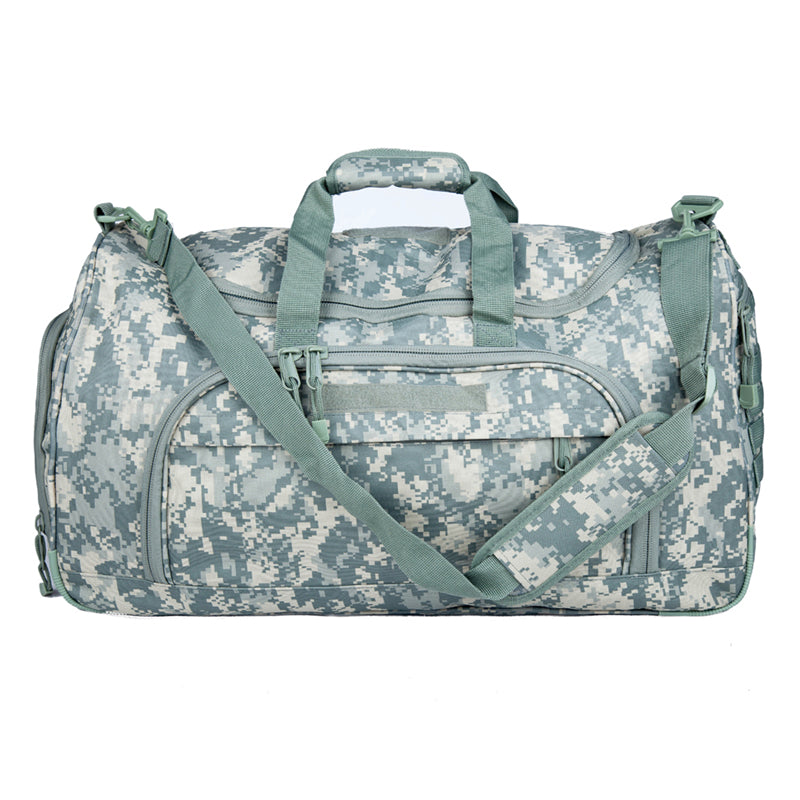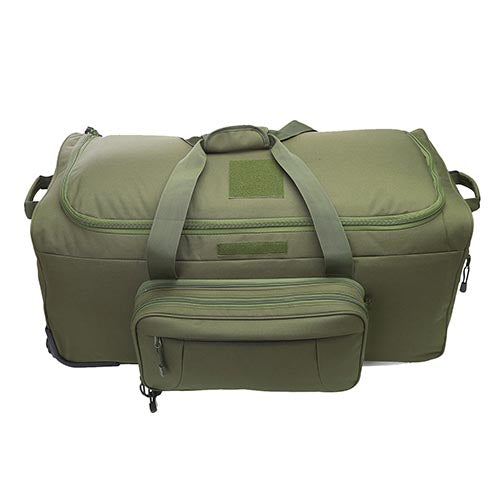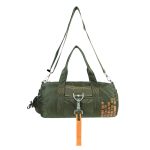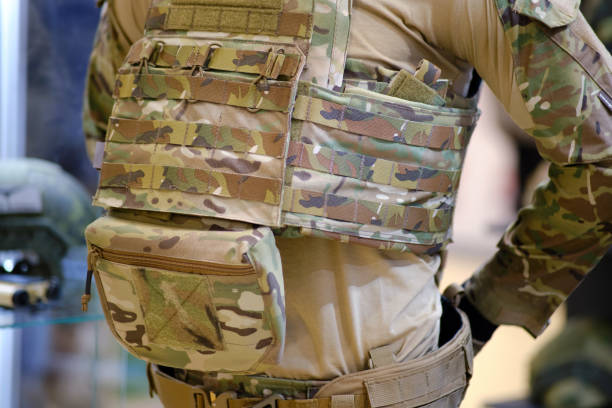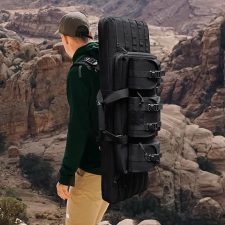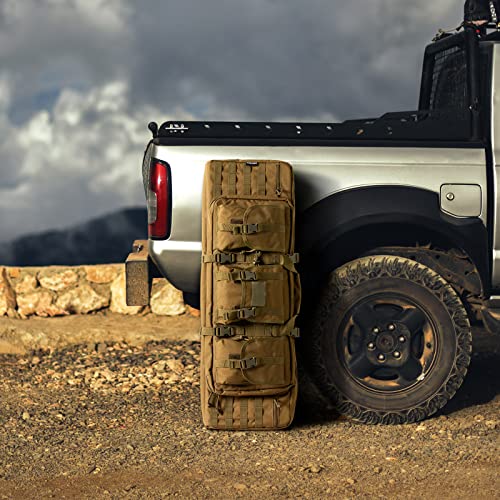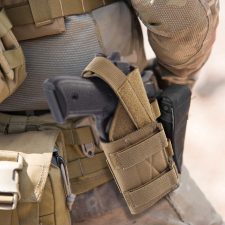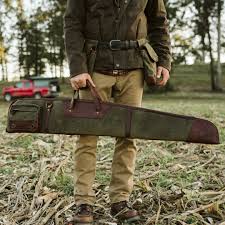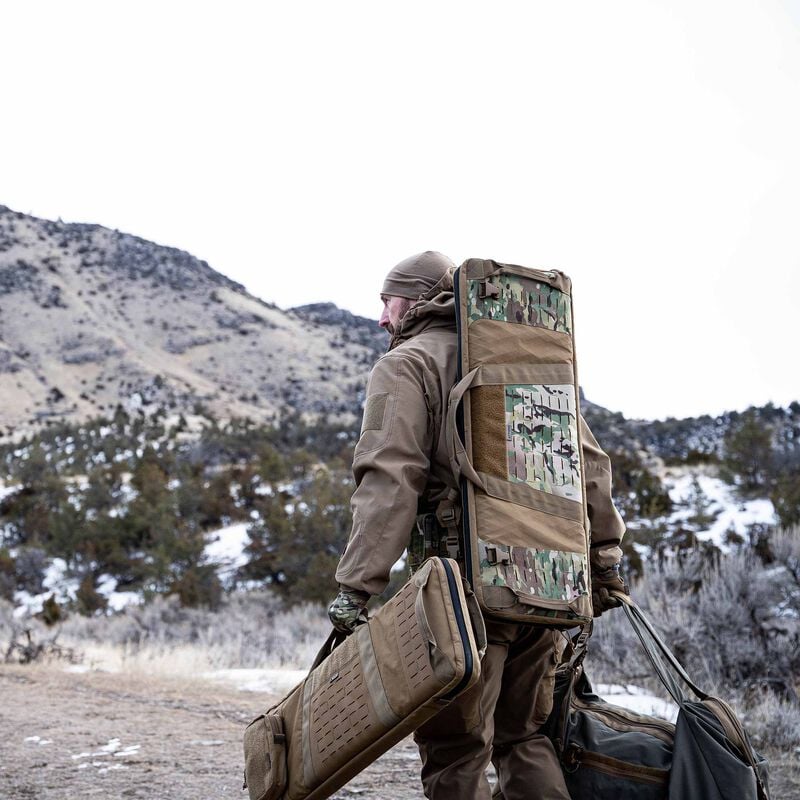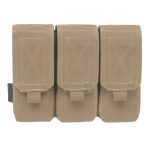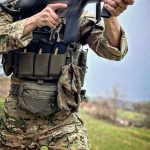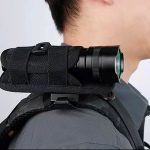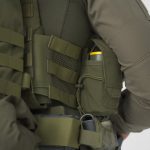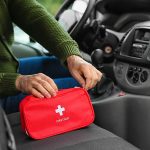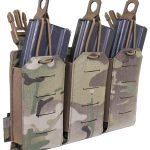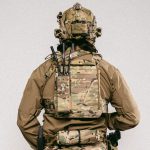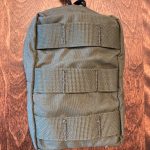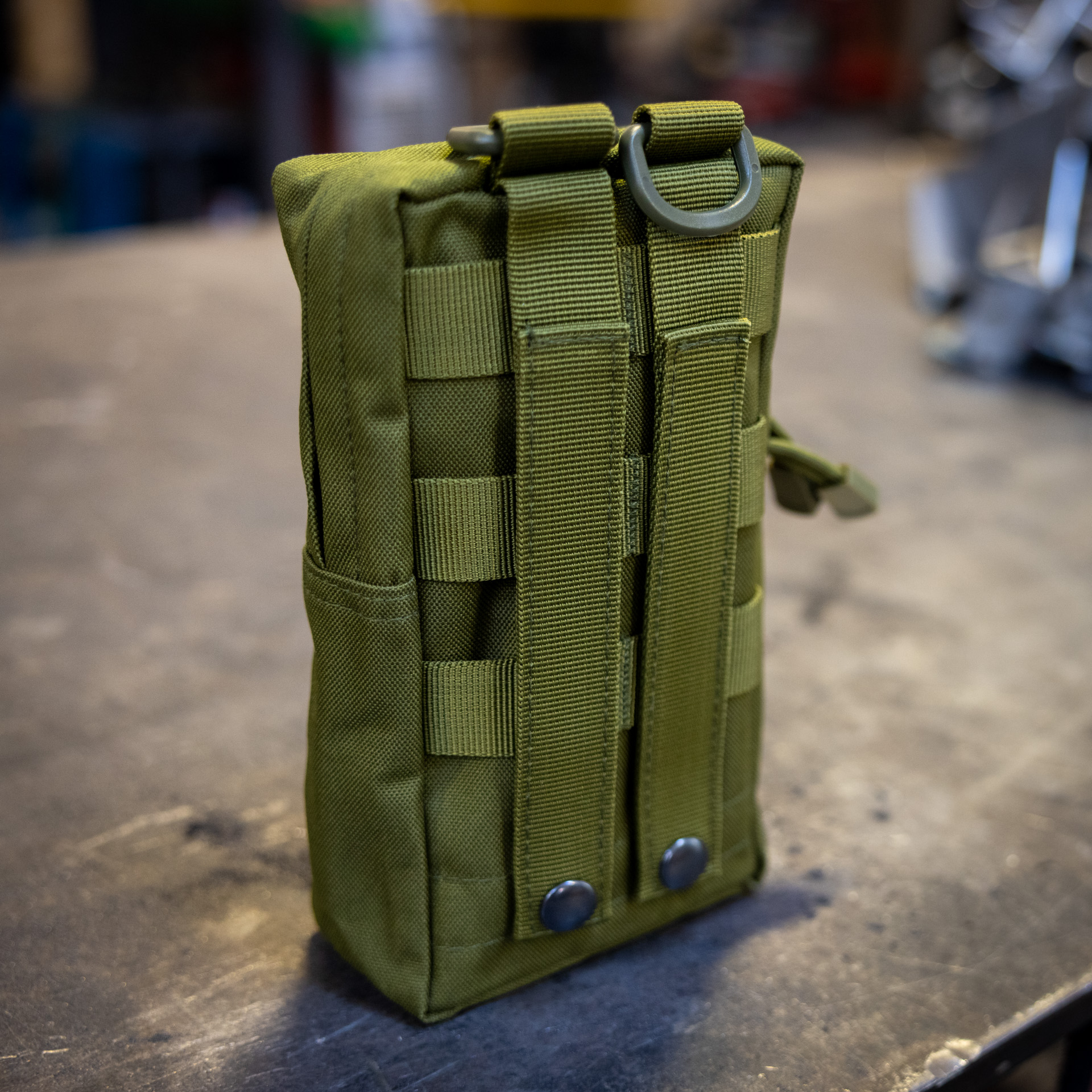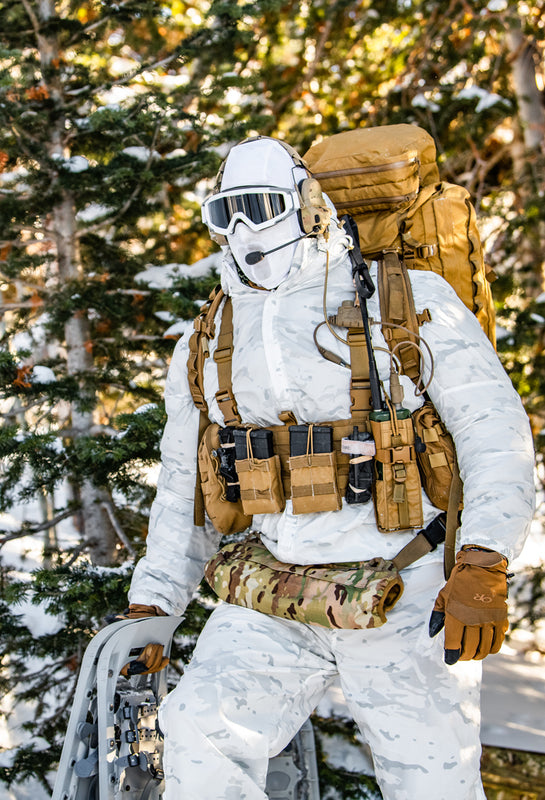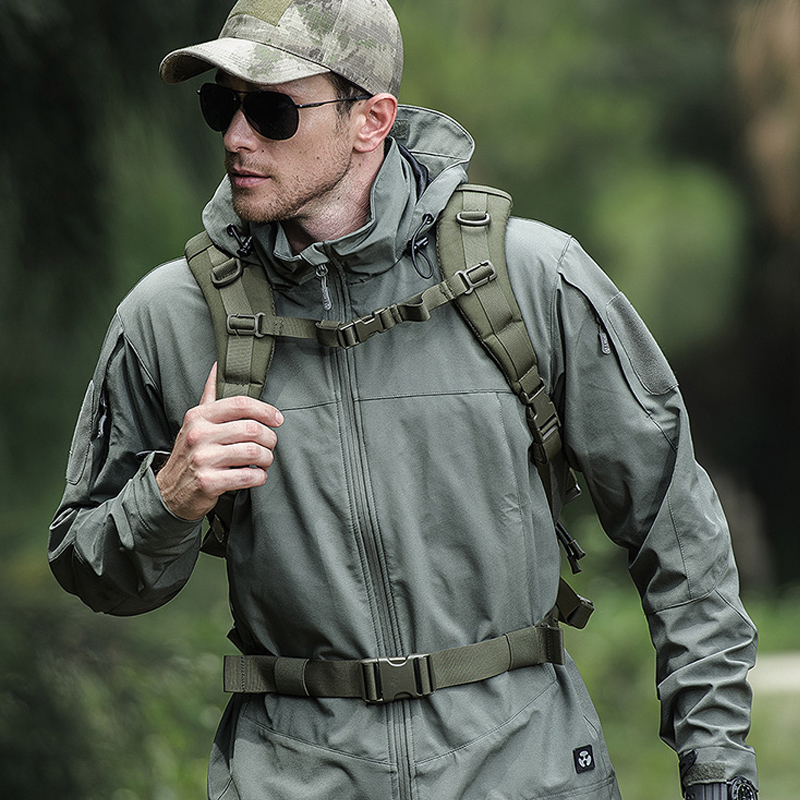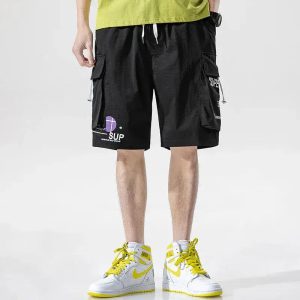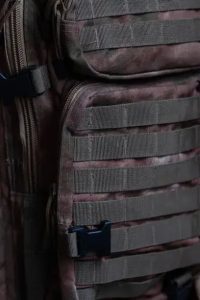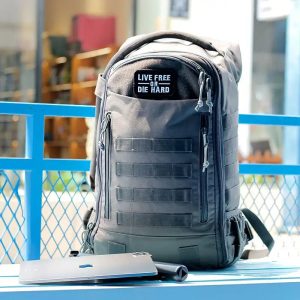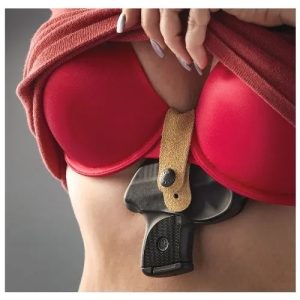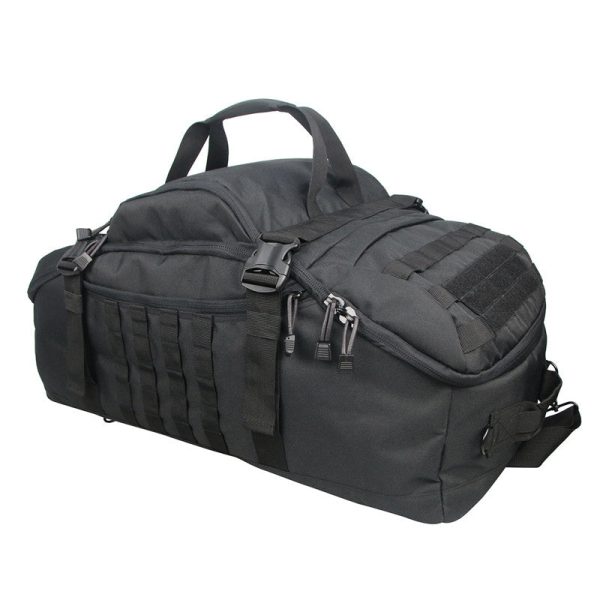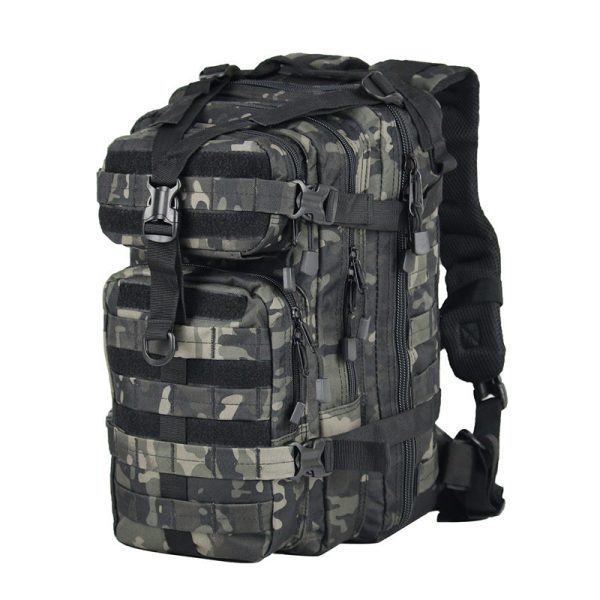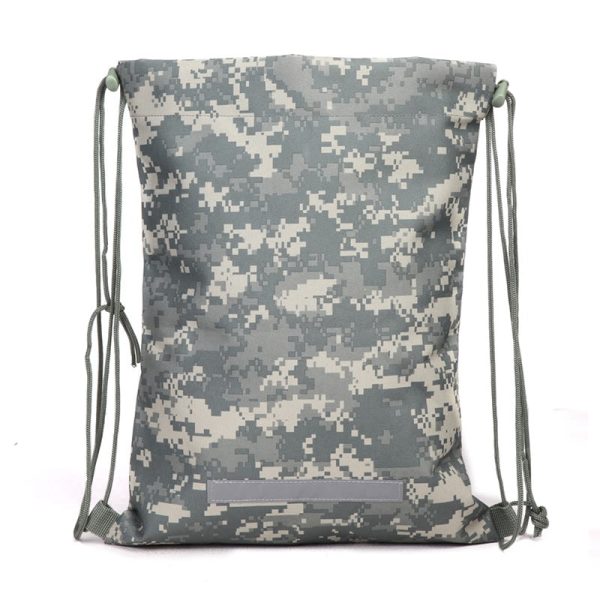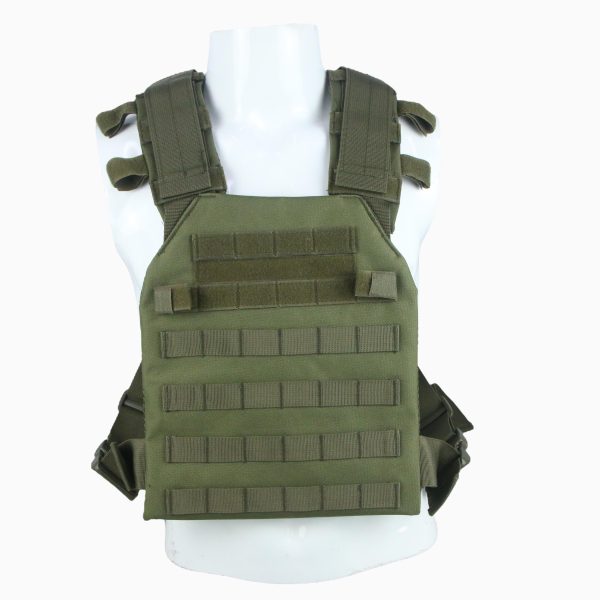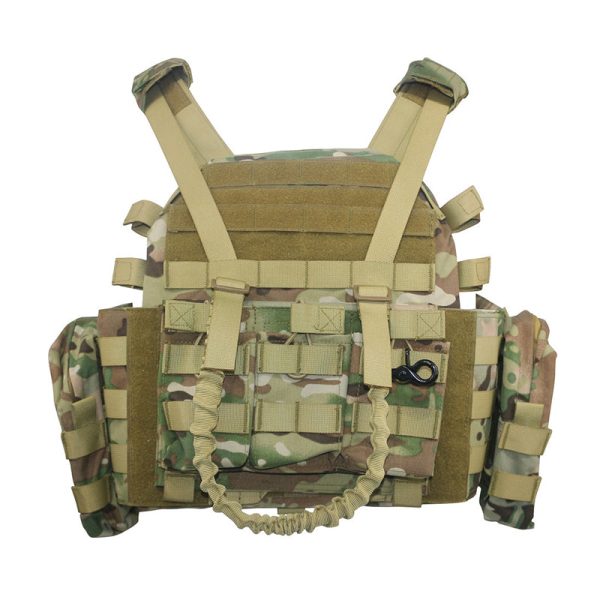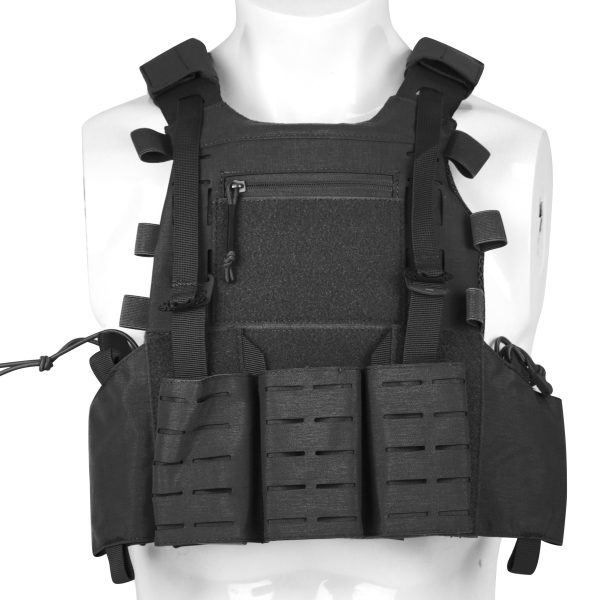Setting up a プレートキャリア can make a big difference in both your comfort and efficiency during tactical operations.
However, finding the right setup can be challenging. In this guide, we’ll explore practical plate carrier setup ideas that will help you achieve optimal performance.
We’ll try to cover everything from positioning your gear to balancing weight and ensuring quick access to your essentials.
Start with the Basics: Positioning Your Plates
First of all, make sure that your plates are correctly positioned. They should cover your vital organs.
The top of the front plate should sit at the level of your clavicle, while the back plate should cover your shoulder blades.
This placement ensures maximum protection without hindering your movement.
Organize Your Front Panel
Your front panel is prime real estate. Start by placing your primary magazines here.
Generally, three to four magazine pouches will fit comfortably. Place them in a central location for easy access.
Additionally, consider adding a kangaroo pouch for extra storage.
Next, think about adding a radio pouch. Communication is crucial, and having your radio within reach is essential.
Place it on the side of your front panel to avoid interference with your magazines.
If you use a pistol, consider adding a pistol mag pouch. This can go on the outermost part of the front panel to keep it accessible but out of the way of your primary magazines.
Utilize the Side Panels
Side panels are great for secondary items. Consider placing a medical pouch on one side. This pouch should include essentials like a tourniquet, bandages, and other first-aid supplies. Make sure it’s easily accessible with either hand.
On the other side, you can add utility pouches. These are perfect for carrying tools, multi-tools, or extra ammunition. Keep these pouches organized to avoid fumbling when you need something quickly.
Also, consider adding grenade pouches if your mission requires them. Place these on the side panels for easy access without cluttering your front panel.
Back Panel Considerations
Your back panel should be reserved for less frequently used items. A hydration bladder is a popular choice. Staying hydrated is important, and a bladder allows you to carry water without using your hands.
Besides, consider a small backpack or assault pack. This can store extra gear, such as a jacket, additional ammo, or mission-specific items. Make sure it’s easy to detach if needed quickly.
If your mission involves breaching, consider adding a breaching tool holder on the back panel. This keeps the tools out of the way but accessible when needed.
Balancing Your Load
Weight distribution is key to comfort. An unbalanced plate carrier can cause fatigue and reduce mobility.
To avoid this, ensure your load is evenly distributed. Check that your magazines, pouches, and other gear don’t pull your carrier to one side.
Quick-Release Mechanisms
Consider adding quick-release mechanisms to your setup. These allow you to get rid of your plate carrier quickly in an emergency.
This feature is particularly useful in waterborne operations or if you need to lighten your load instantly.
Comfort Adjustments
Finally, don’t forget about comfort. Adjust your shoulder straps and cummerbund to fit snugly but not too tight.
Padding can make a big difference, especially during long missions. Add padded shoulder covers and a padded cummerbund if your carrier doesn’t already have them.
Setup for Different Situations
Different situations call for different plate carrier configurations to get the most out of them and be able to adapt. Here are some setups that are tailored to different environments.
a. Minimalist Plate Carrier Setup
機動性と軽量ギアを重視する人には、ミニマルなセットアップが理想的だ。このセットアップは必要不可欠なアイテムに集中し、機能性を犠牲にすることなくかさばらない。
- プレート:プロテクションを損なうことなく機動性を確保できる、軽量でマルチカーブのプレートを選ぶ。ポリエチレンやセラミックコンポジットなどの素材を使ったプレートを探そう。
- マグポーチ:マガジンは2~3本携行する。かさばらないように薄型のポーチを選ぼう。伸縮性のあるポーチは、スリムな形状を保ちながらマガジンをしっかり収納できる優れたオプションだ。
- IFAK(個人用救急箱):止血帯、包帯、胸部シール、止血剤などの必需品を入れる。すぐ手の届くところに、理想的にはキャリーの前面に置く。
- ラジオポーチ:通信用のコンパクトな無線ポーチが重要。取り出しやすい位置に設置する。
- 水分補給:スリムなハイドレーションキャリアを装着するか、プレートキャリアと一体化したブラダーを使用すれば、重量を増やすことなく水分補給ができる。補給や洗浄が簡単なハイドレーションキャリアを探そう。
このセットアップは、スピードと敏捷性が最優先されるペースの速い環境に最適だ。足取りも軽く、すぐに行動に移せるように設計されている。
b. Special Forces Plate Carrier Setup
特殊部隊は、頑丈なプロテクションとさまざまな戦術ツールを組み合わせたセットアップを必要とする。すべてのアイテムは、リスクの高い作戦に合わせた特定の目的に役立つものでなければならない。
- プレート:ライフル弾に対する最大限の保護にはレベルIVプレートを使用する。ソフトアーマーバッカーを必要としない単体のプレートを検討する。
- マグポーチ:長時間の銃撃戦に備えて、少なくとも4~6本のマガジンを携行すること。最大限のスペースを確保するために2段重ねのマグポーチを使用する。
- イファク:減圧針、チェストシール、止血帯、血液凝固剤などの高度な外傷用品を含む総合医療キット。
- 無線・通信機器:安全な通信のための複数の無線機とアンテナ。バックアップ通信機器による冗長性の確保。
- 水分補給と栄養:ハイドレーションバッグと、エナジーバーやジェルを入れるスペースを入れる。小さくて手に取りやすいスナックポーチも忘れずに。
- ユーティリティ・ポーチ:マルチツール、予備バッテリー、ジップタイなどの必需品の収納に。カスタマイズのためにMOLLE対応であることを確認する。
- グレネードポーチ:ミッションの要件に応じて、破片手榴弾や発煙手榴弾用のポーチを入れる。素早く取り出せるように配置する。
あらゆる装備に簡単にアクセスでき、クリティカルな状況でも迅速な対応が可能でなければならない。このセットアップは、多用途性と予測不可能な環境での即応性を考慮して作られている。
c. Police Plate Carrier Setup
警察官は、法執行の職務に合わせた装備で、保護と使いやすさのバランスをとる必要がある。
- プレート: Level III or IIIA plates. Consider plates with trauma pads to reduce blunt force impact.
- マグポーチマガジンは2~3本。迅速なリロードにはクイックリリースマグポーチを使用する。
- イファク: Basic first aid supplies tailored to treating trauma quickly, including tourniquets, gauze, and chest seals.
- ラジオ:使いやすい位置に配置された、コーディネートのための信頼できるコミュニケーションギア。
- ボディカメラ:対話の記録に必要な場合が多い。しっかりと取り付けられ、動きを妨げないことを確認する。
- ユーティリティ・ポーチ:手錠、懐中電灯、予備の手袋、メモ帳などの携帯に。すぐに取り出せるように、引き裂き可能なポーチを使用。
- OCスプレーと警棒:容疑者を制圧するための非致死的オプション。他の道具の邪魔にならないよう、手が届きやすい場所に配置する。
このセットアップにより、パトロール中の機動性と快適性を維持しながら、必要なツールを確実に装備することができる。迅速な対応と多目的な機能をサポートするよう設計されている。
d. Tactical Plate Carrier Setup
SWAT作戦や警備の詳細のような戦術的なシナリオでは、より堅牢なセットアップが必要だ。この構成なら、さまざまな状況に対応できるはずだ。
- プレート:脅威の多い環境用のレベルIVプレート。フラグメンテーションを軽減するためにスポールコーティングを施したプレートを検討する。
- マグポーチ:長時間の戦闘に対応できるよう、4~6本のマガジンを使用すること。マガジンの紛失を防ぐため、安全なリテンションシステムを使用すること。
- イファク:気道管理用具や止血剤など、緊急ケア用の高度医療用品。
- ラジオ:セキュアで暗号化された通信機器バックアップ無線で冗長性を確保。
- ブリーチング・ツール:スレッジハンマー、ボルトカッター、ハリガンツールなどの小型ブリーチングツールを入れるポーチを取り付ける。動かないようにしっかりと固定すること。
- 水分補給:長時間のミッションに耐えるハイドレーションシステム。水を冷やさないよう、断熱構造のハイドレーション・ブラダーを検討しよう。
- 閃光弾と発煙弾:幻惑と隠蔽のために。クイックリリース機構付きの安全なポーチを使用する。
このセットアップは、様々なタクティカル・オペレーションに対応する汎用性と即応性を提供する。機動性を損なうことなく、必要な道具を自由に使えるようにする。
e. Civilian Plate Carrier Setup
緊急事態や自宅防衛に備える民間人には、実用的で管理が容易なセットアップが必要だ。
- プレート: Level III plates for a balance of protection and weight. Ensure they fit well within the carrier for comfort.
- マグポーチ: 2-3 magazines, enough for self-defense. Use simple, reliable retention systems for ease of use.
- イファク:包帯、止血帯、消毒用ウェットティッシュなど、一般的なケガの手当てに必要な基本的な医療用品。
- ラジオまたは電話ホルダー:緊急連絡用。素早くアクセスできるように配置してください。
- 懐中電灯:視界の悪い状況での頼れる光源。複数の明るさ設定が可能な充電式懐中電灯を検討しよう。
- ユーティリティ・ポーチ:マルチツール、予備バッテリー、小型ナイフなど、日常の必需品の携帯に。
- 追加弾薬:安全な場所に保管する。小型のポーチやベルトに装着できるホルダーを使用する。
This setup ensures civilians can react quickly to threats while maintaining a manageable loadout. It’s designed to be ready at a moment’s notice and provide peace of mind.
その他のヒント
- Identify Your Dominant Hand: Place essential items where your dominant hand can access them quickly. For instance, if you’re right-handed, your primary magazines should be easily reachable with your right hand.
- Use Color Coding: Use color-coded pouches or attachments to quickly identify different items. This can save precious seconds in high-stress situations.
- Regularly Check Your Gear: Before any mission, double-check that all pouches are secure, zippers are closed, and nothing is loose. Routine checks can prevent gear from falling off or getting lost.
- Train with Your Setup: Spend time training with your plate carrier setup. Practice drawing magazines, using medical gear, and moving with your loadout. The more familiar you are with your setup, the more efficient you’ll be in real situations.
Test and Refine Your Setup
Once you have everything in place, test your setup. Move around, run, and practice accessing your gear. Make adjustments as needed.
The goal is to create a setup that allows for smooth, efficient movement and quick access to your essentials.
結論
In short, setting up your plate carrier effectively involves careful consideration of each component’s placement and purpose.
By organizing your front, side, and back panels, balancing your load, and ensuring comfort, you’ll be well-prepared for any situation.
Regularly testing and refining your setup is key to maintaining peak performance. Remember, a well-thought-out plate carrier setup can greatly enhance your efficiency and comfort in the field.
FAQs on Plate Carrier Setup
Q. How Many Mags Should Be on a Plate Carrier?
A: The number of magazines on a plate carrier depends on your mission requirements and personal preferences. A common setup is to carry between 3 and 6 magazines, which ensures you have enough ammunition for sustained engagements while balancing weight and mobility. When deciding on the number of mags, consider the type of mission, duration, and terrain you will be operating in.
Q. How Far Down Should a Plate Carrier Be?
A: The top of the front plate should be at the level of your sternal notch (the small dip at the base of your neck), and the bottom of the plate should cover your upper abdomen. This position protects your vital such as the heart and lungs without limiting your movement.

